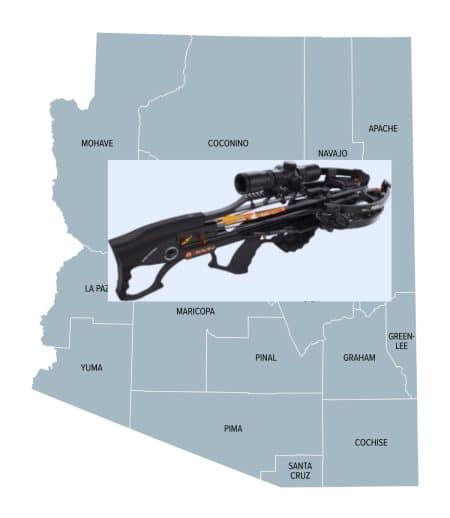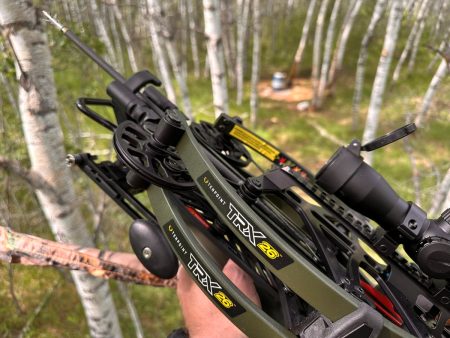Hunting isn’t just about the harvest—it’s about the stories, the lessons learned, and the unforgettable moments. For seasoned hunter Jace Cowell, a late-season black bear hunt turned into a once-in-a-lifetime experience. What started as a routine day in the woods ended with the harvest of a massive Boone and Crockett bear, measuring over seven feet tall and weighing 500 pounds. In this personal account, Jace shares the thrill of the hunt, the Boone and Crockett scoring process, and the rich appreciation he gained for the anatomy and resilience of black bears. Whether you’re a hunter or an outdoor enthusiast, this story is a celebration of wildlife, conservation, and the enduring spirit of the hunt.
Jace Cowell had been hunting for over fifty years, but every time he got into the woods this year he seemed to encounter something new. Here is his story of a bucket list black bear hunt in his own words. It’s part of what I love about hunting and the outdoors. Though I have grown to anticipate new and exciting experiences with every hunt, I had no idea what was in store for me this particular day. During a routine hunt near the end of deer season, I had one of the richest learning experiences of my life. This brief hunt set in motion a series of events involving taxidermy, the Boone and Crockett Club, and exposure to some amazing anatomy of a black bear.
One Friday after work, my wife and I had sprayed down with cover sent before heading to one of our favorite hunting spots (I am one of those lucky guys whose wife likes to hunt). We arrived in the woods around 3:00 pm. It was late in the deer season and the last day for bears. Armed with my crossbow, we headed toward the blind. Our four-hundred-acre lease has a decent population of game, and my trail camera had been sending pictures of a nice 130 inch nine-pointer making his way through the area. Hopefully, I could bag him before the end of the season. It was a sunny day with mild temperatures for a fall day. We enjoyed the walk through the woods to our favorite metal ground blind. Along the way, we looked for signs of any wildlife that may have passed through recently, but there were no traces we could find.
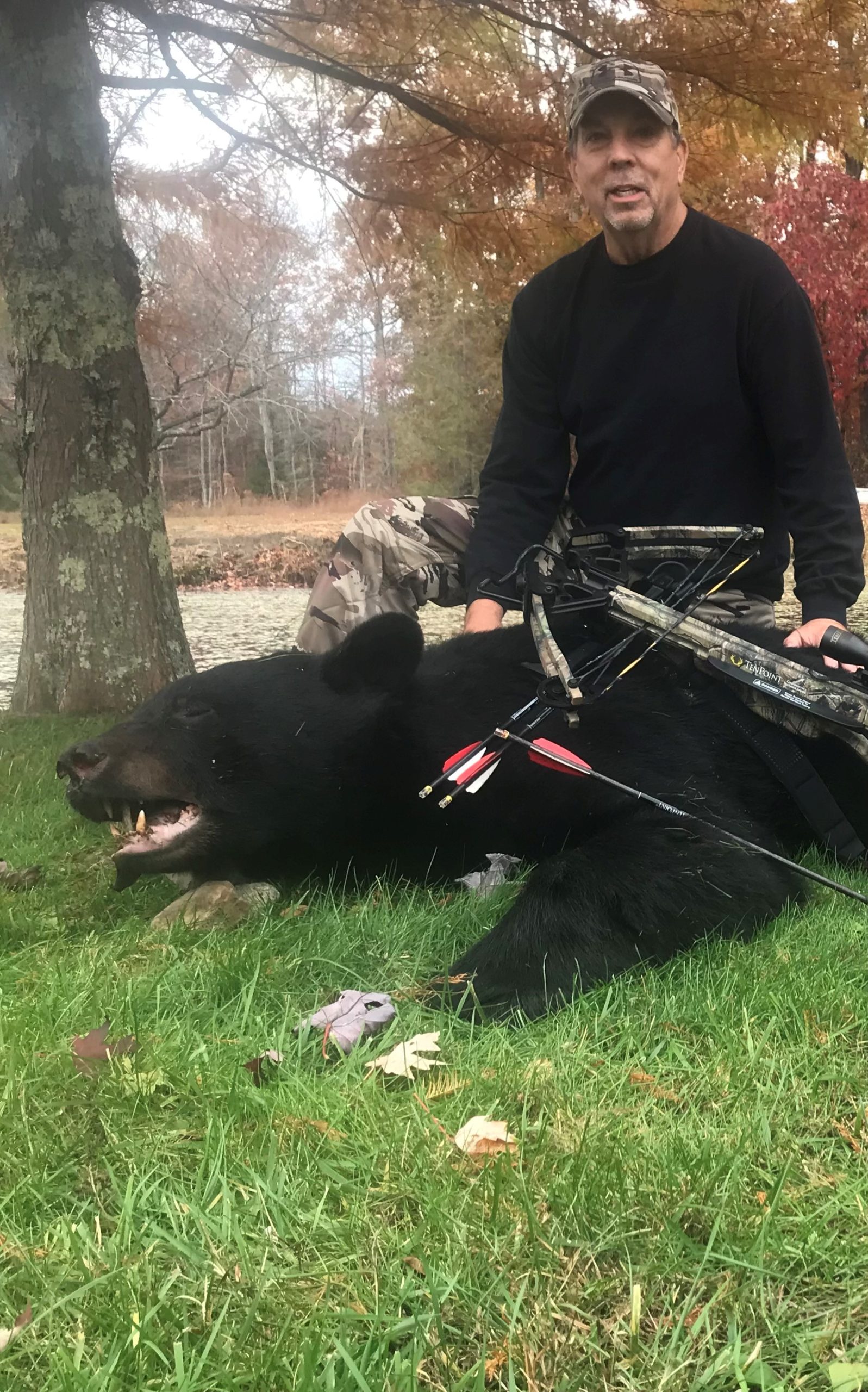
After not hearing or seeing any sign of any in-season game for nearly three hours, I got bored and looked over my wife’s shoulder while she was checking on things at work with her phone. Looking up briefly from her phone screen, I did a routine check to the opposite side of the blind and got the shock of my life. It was an enormous black bear, close to seven feet, I guessed, and he was only twenty yards away. In decades of hunting, I had never seen an animal that big. My first thought was that I was amazed and certainly a bit humbled that this huge animal had come that close to us without a sound. I stood motionless for a few seconds, assessing the situation. It soon became obvious that he was unaware of us. Luckily, he had become distracted by a tasty snack he had sniffed– an underground yellow jacket nest. I remembered seeing the nest the last time I had mowed through there and had decided to burn it out because it was so close to my blind. Thankfully, I had not gotten around to it yet. He began digging at the nest, and I remember admiring how he scooped out hundreds of tiny larvae with each swipe of his massive claws and licked them off with his tongue. The noise he now made gave us just the cover I was hoping for. I motioned to my wife and slowly let down the window to our blind. As carefully as possible, I retrieved a fixed blade, Tenpoint ProFusion crossbow, using a one-hundred-grain broadhead Muzzy G5 and moved it into position.
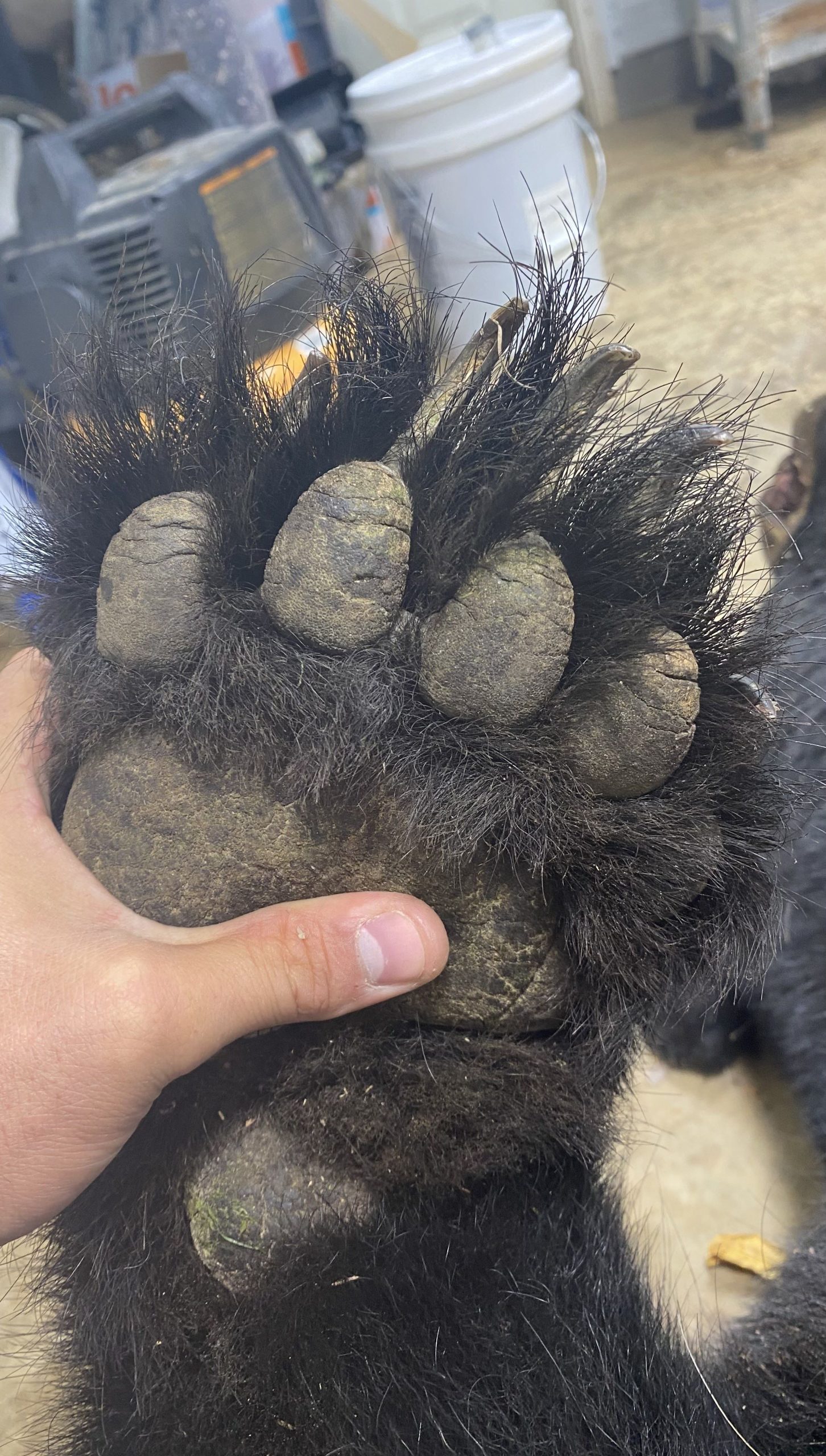
Sooner than I had expected, the bear finished his snack and started to move toward us, looking for more food. The giant closed the distance to only six yards when I positioned the crossbow and turned off the safety. I have a ten-point bow, but he was so close I had to lower it and aim below the first pin. He didn’t know we were there until the bolt hit its mark. Instantly, he growled and took off, but I knew he would not run for long as it was a good shot, confirmed by the blood-covered bolt lying on the ground just past where he had been hit. At first, he raced through the woods at full speed, but after a short distance, he slowed, and then we heard a sound I had read about but never heard before. It was his death moan, the last sound he made before he piled up. We were stunned but excited at the same time. After several minutes, we followed the blood trail, where we found him about sixty yards away. I was glad to find him, but he was in the most difficult place I could have imagined him ending up, surrounded by trees, brush, and difficult terrain. I took out my tape measure and confirmed that he was seven feet tall, and I would later learn that the field dressed at just over 500 lbs. My wife and I marveled at the massive creature lying motionless at our feet. We expected a decent deer, but this was more than just decent. It was an incredible trophy.
Reality began settling in after a few moments of basking in the moment. It was getting dark quickly, and I knew it would be impossible for us to get him out of the woods by ourselves, so I called some of my hunting buddies. It took four of us, a fourteen-foot trailer, a chainsaw, and over three hours to get the bear just a short distance from the woods.
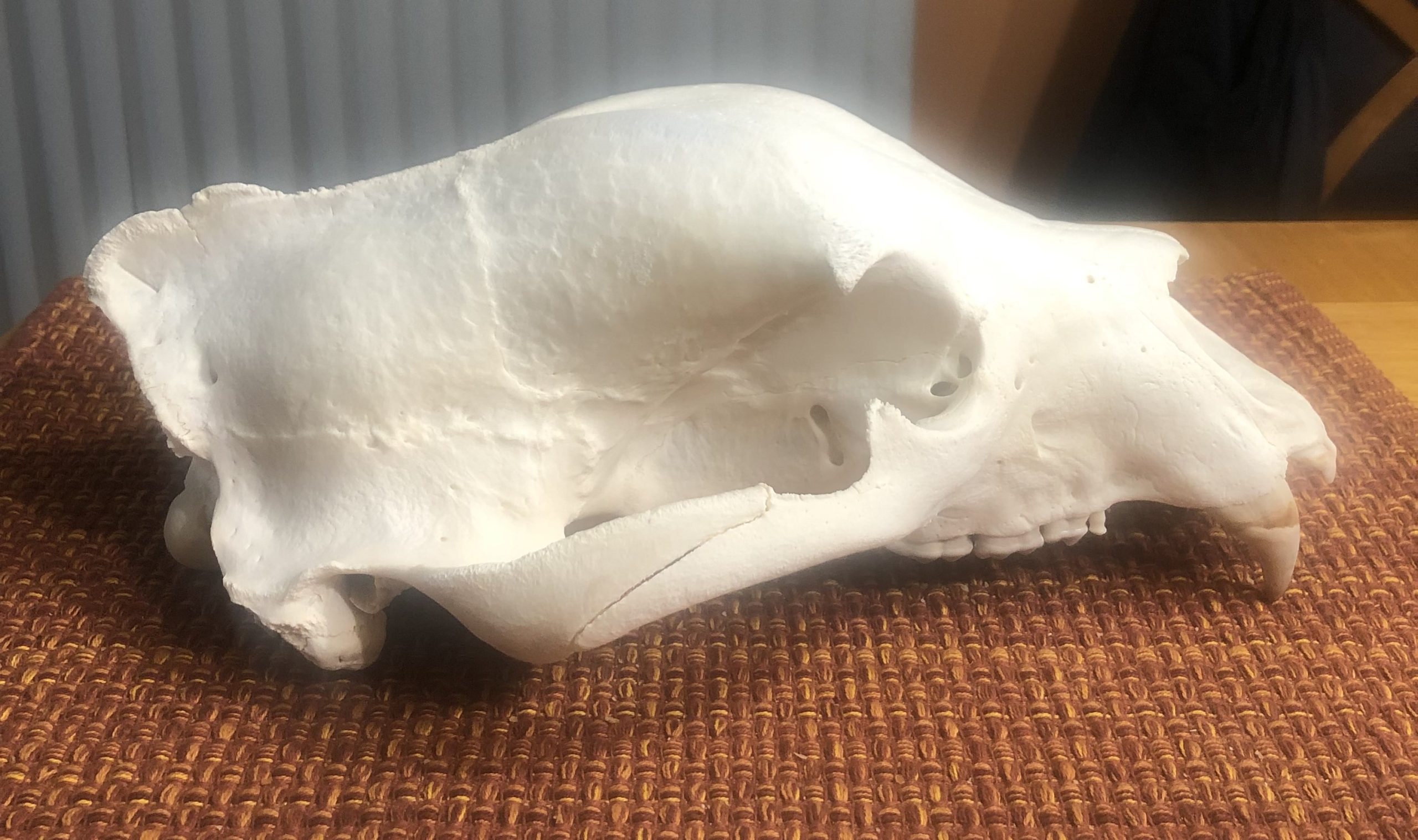
After the bear was properly tagged and accounted for by the local game warden, we decided to have him mounted. I took him to a locally respected taxidermist who had previously mounted a few trophies for my wife and me. Since this was my first bear mount, he explained the process and allowed me to come by and take some interesting pictures over the next few weeks. One of the most amazing things I noted about the bear was his paws. I remember watching the bear collect the tiny larvae from the yellow jacket nest with his claws right before I took him, and I had marveled at how such a huge animal with such strong claws could use claws to climb a tree, and the same claws to pick out such tiny morsels of food easily. Then, when I saw the hide of his paws pulled back, I could see how he could do those two distinct things. Each paw was like two hands combined into one. First, he got his fine motor skills from what looked amazingly like a human ‘hand’ – fingers, joints, and all, not much different from you and I. Attached to the ‘hand’ was the incredibly strong tissue structure that managed his powerful claws. It reminded me of the Marvel superhero Wolverine, except the bear’s claws didn’t retract. He had the best of both worlds – power when he needed power and skill when he needed skill. It explained much about how bears have adapted and survived so incredibly well over thousands of years. It gave me a richer appreciation for their amazing anatomy and role in nature.
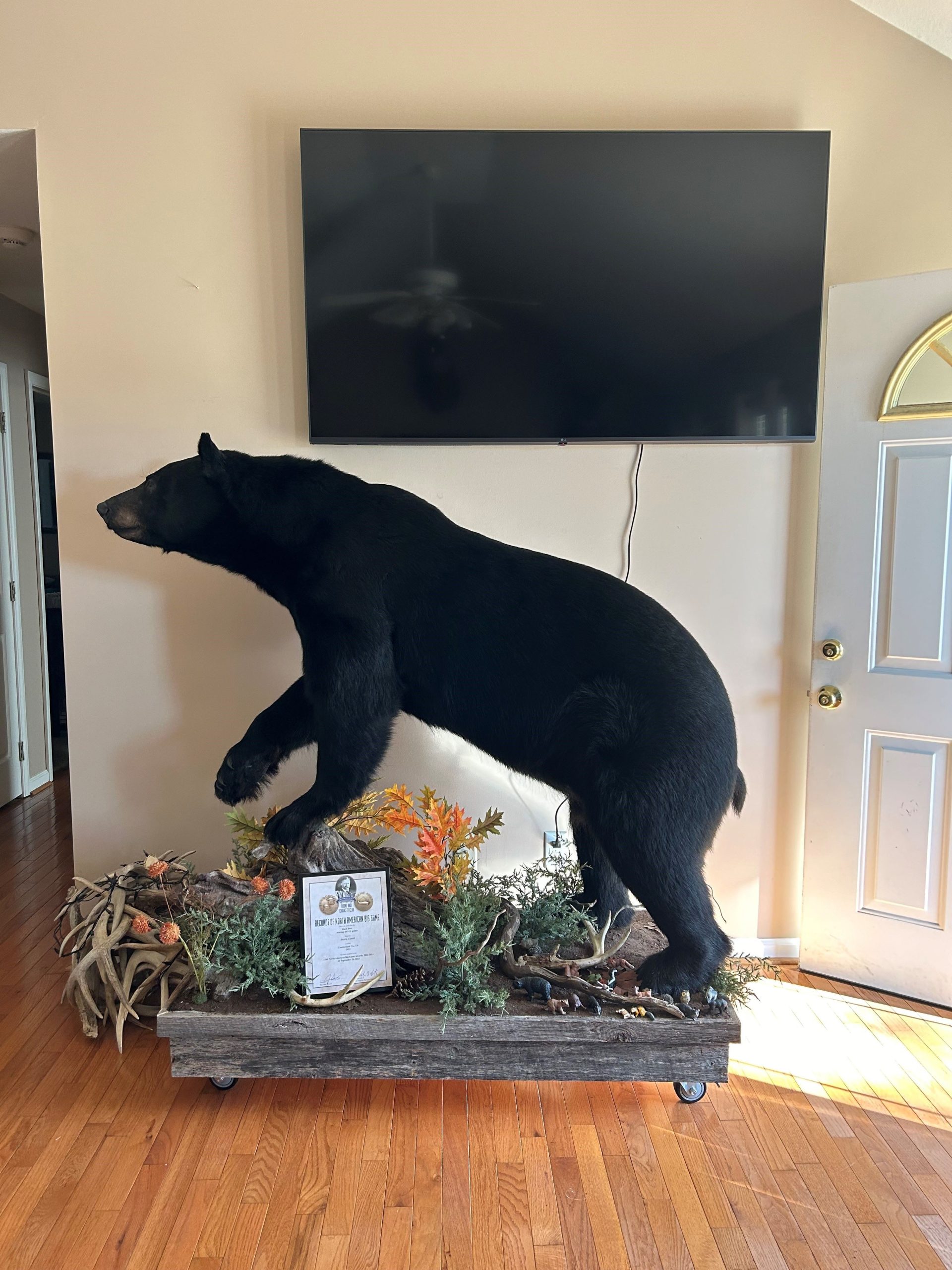
Early on, given the size of the bear, our taxidermist advised me to consider entering him into the Boone and Crockett Club (BCC). He mentioned that if I wanted to do that, there were some procedures he needed to follow to make the official measurements. I was unfamiliar with the program, so he took me through the basics of what he would do in preparation for the measurements. I agreed to pursue the BCC process and went home to do additional research online. I learned that the BCC was founded by the avid hunter and president Theodore Roosevelt and other hunting visionaries in 1887 over the concerns that someday Americans might lose our hunting privileges and the wildlife populations for future generations (sounds amazingly prophetic, don’t you think?).
One goal of the organization was to establish criteria for determining animal size for tracking animal groups’ status over time and determining records by numerous classes and categories. The BCC has established measuring criteria for each type of animal based on well over a century of professional hunting experience. For example, all types of horns, skulls, and antlers must first be dried for 60 days. Typically, the flesh from the skull is cleaned away using Dermestidae beetles, a widely used technique of professional taxidermists. Once dried, a bear skull is measured in two dimensions (upper jaw), first from the occipital bone on the back of the skull to the farthest point in the front of the skull, usually the teeth.
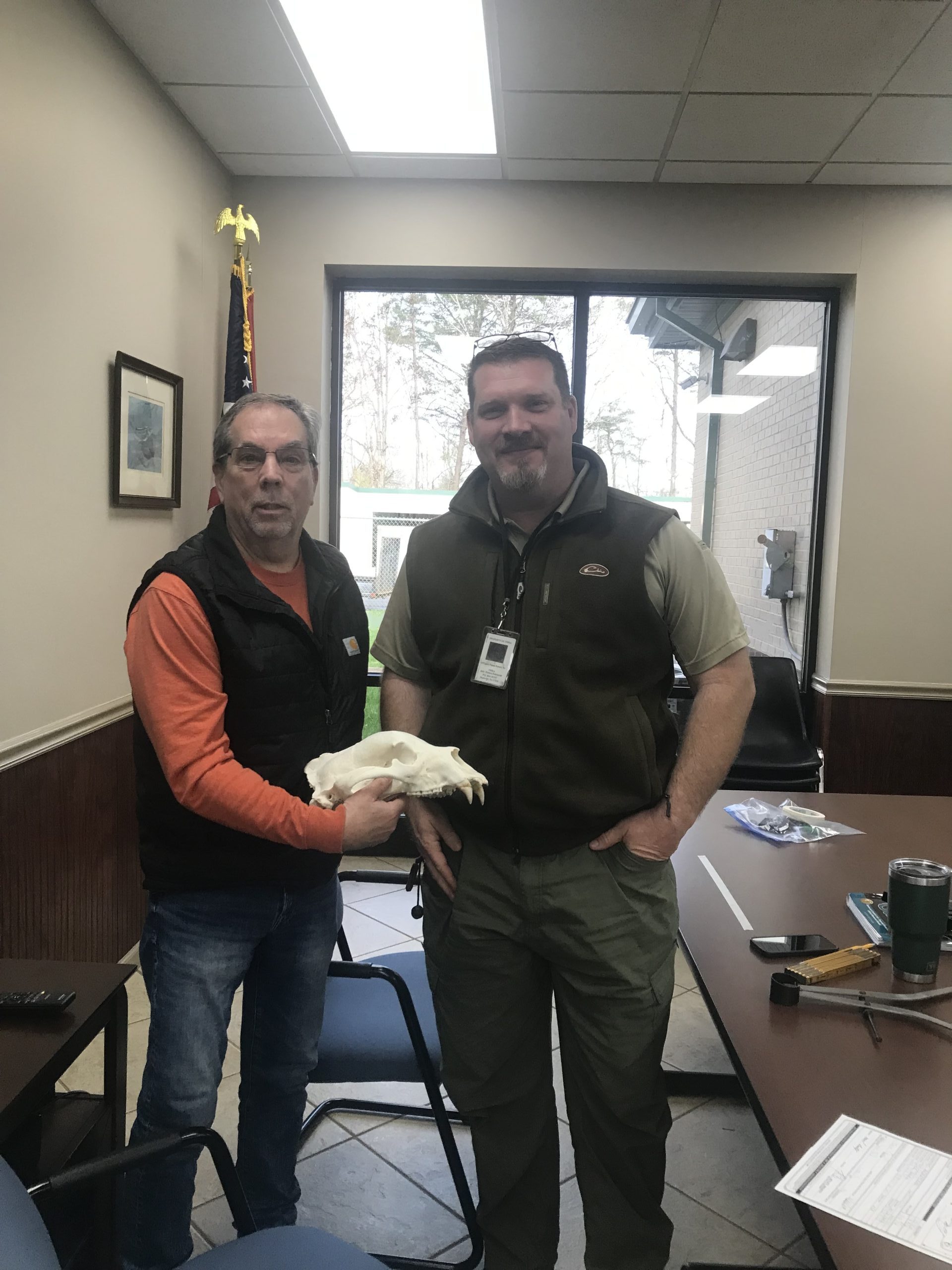
The second measurement is the distance between the zygomatic arches (cheekbones). The two scores are then added together for the final score. Each class of animal, such as deer, elk, big horn sheep, etc., has measurement methods specific to their type. The criteria and scoring approach are published on the BCC website.
Two classifications for trophies result in recognition by the BCC. First is the Award class, which includes the record in the three-year Awards book, and the second is the ‘All-time’ level, which involves permanent inclusion into the BCC record books.
In this case, my bear scored the greatest lengths in inches of 13-1/16 for the first measure and 7-8/16 for the second measure, giving a final total of 20-9/16. For measurements to count, an official measurer certified by the BCC and an additional witness must be present.
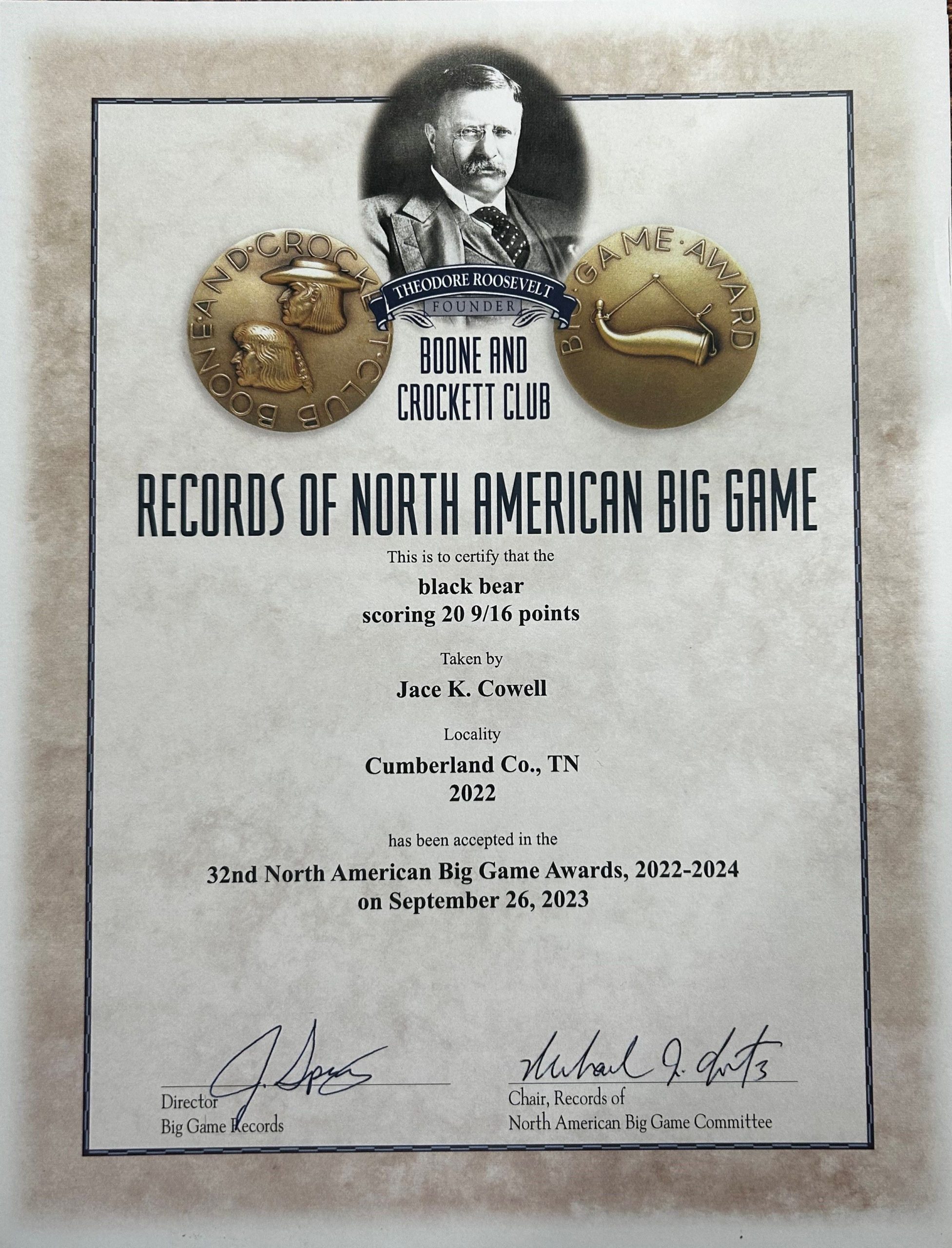
The minimum value for an ‘Award’ level trophy under BCC is 20, and the minimum for ‘All-Time’ level is 21. Mine was rated at the ‘Award’ level and is currently ranked number 1 in the state of Tennessee BCC ratings for 2023. The process was very straightforward, and I am glad for the extra but simple steps I took to have the trophy recognized by the BCC. The data on the bear will be helpful to them over time as they keep track of the progress of big game animals across America. And for me, I have something to show the grandkids.
It was an amazing experience my wife and I will cherish forever, and to other hunters, I recommend investing in a good mount and pursuing the BCC program if you have a large enough trophy. The best part is that I now have a daily reminder of the experience. There are not many women out there who would allow a full-mount, seven-foot black bear in the living room. But as I said at the beginning of the article – I truly am a lucky man (I am, of course, referring to the wife, not the bear mount. Just making that clear in case she reads the article (wink).
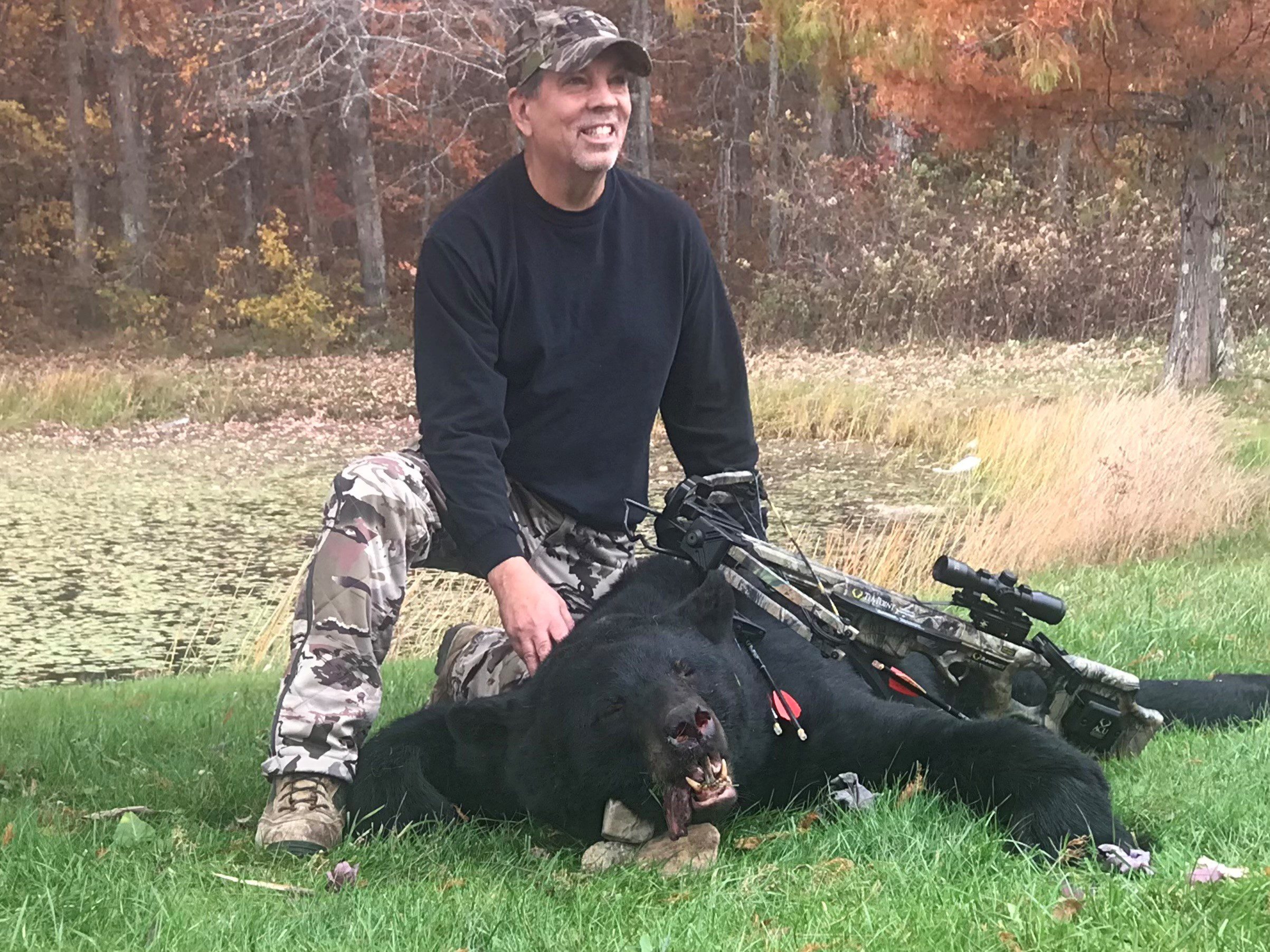
Per our affiliate disclosure, we may earn revenue from the products available on this page. To learn more about how we test gear, click here.



